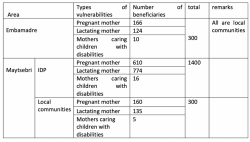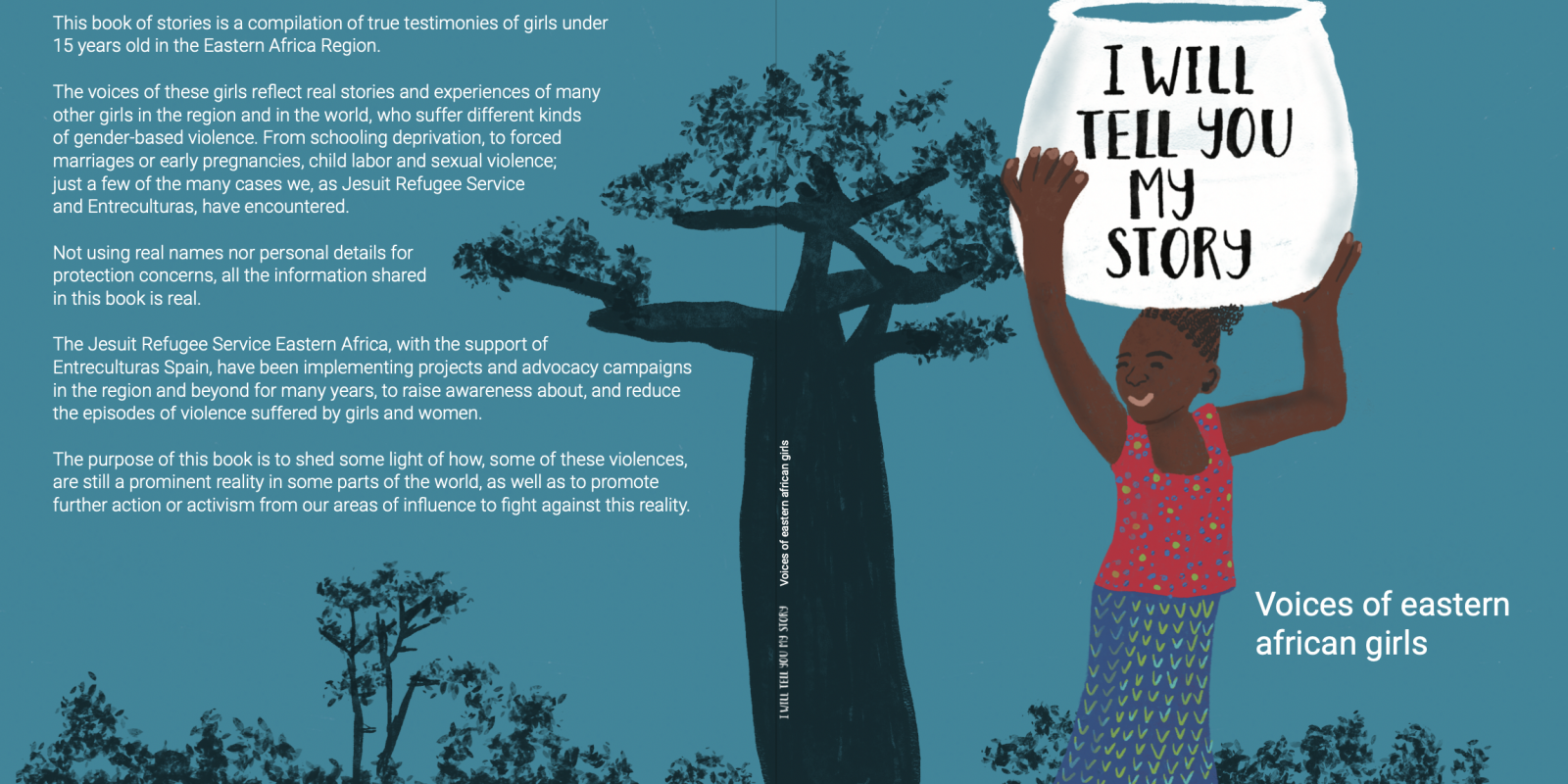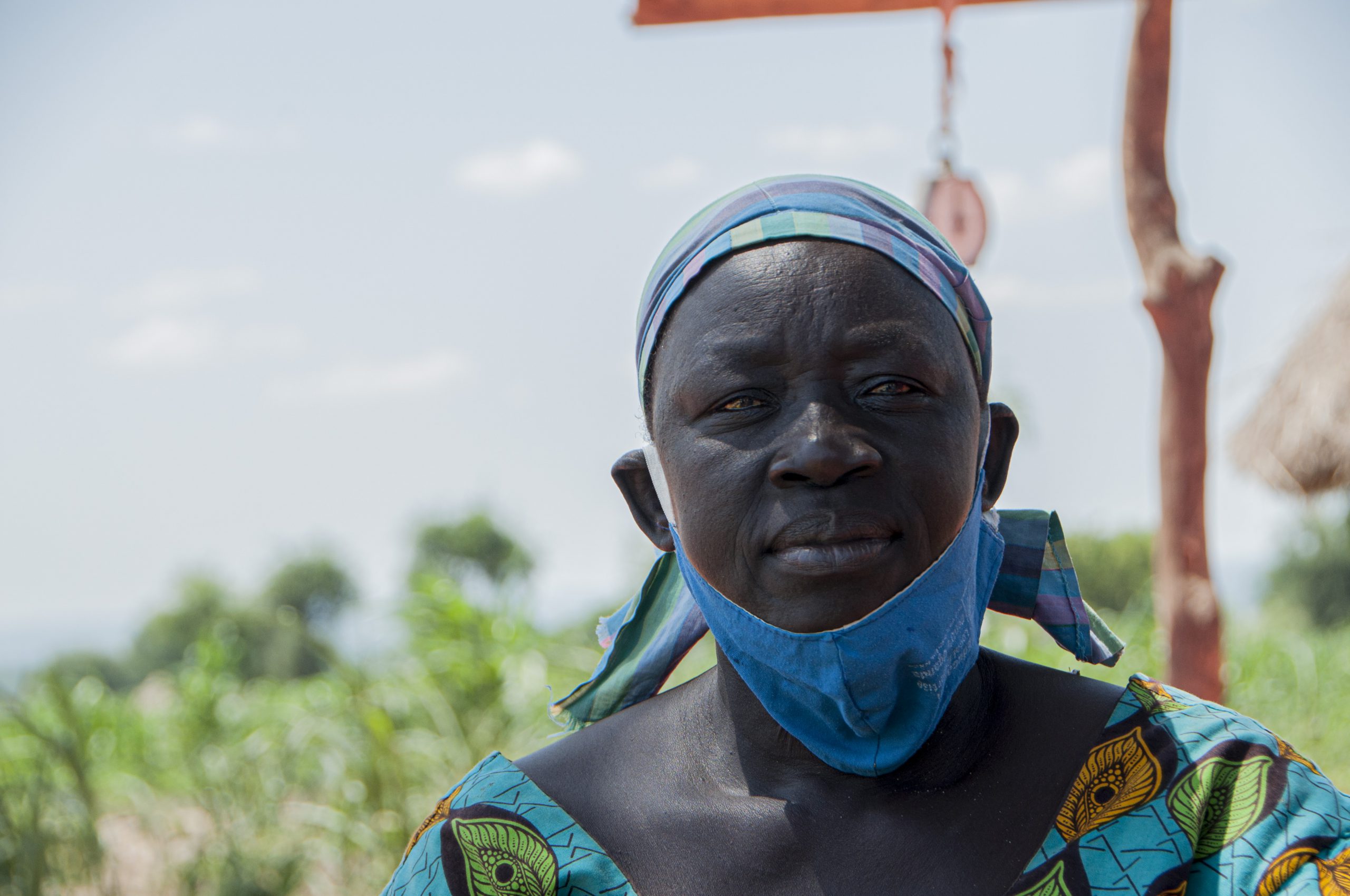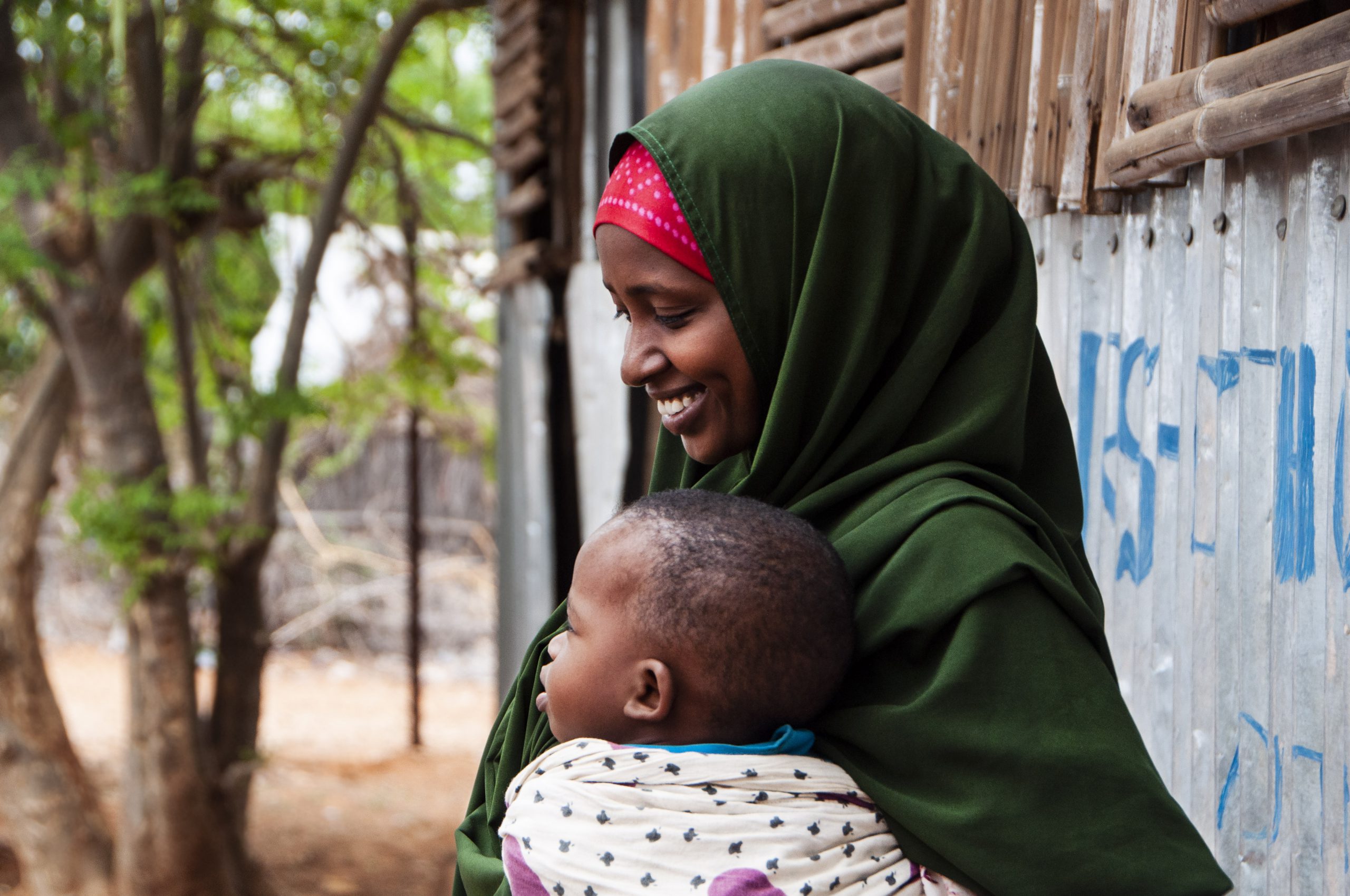Humanitarian Assistance for IDPs in Tigray
05 July 2025

As of Mid-March 2021, there were 28,500 IDPs who are settled in Tselemti Woreda primarily in Mai-Tsebri (25,966 people or 5214 households) and Embamadre (2500 people or 550 households) towns. In addition, according to the Mai-Tsebri town administration office, 17,202 people or 4747 households who are residents of Mai-Tsebri town and 761 people or 210 households of Embamadre are in need of emergency assistance.
JRS Ethiopia through Reconciliation and social cohesion project had proposed an emergency response plan to address the humanitarian needs caused by the conflict in the region.
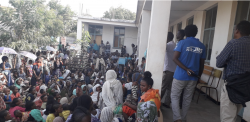
The goal of this emergency response plan is to maintain the relationship that has been built for years with the host communities and IDPs by providing humanitarian assistance.
The result of the assessment indicated that two major things:
As a result, JRS Ethiopia through the reconciliation project tried to address these two issues.
The first step to address the humanitarian aid was to set conflict sensitive selection criteria to identify the most vulnerable segments of the population. we had discussion with the local administration, IRC, Mothers and Children Multisectoral Development Organization (MCMDO) over who should be prioritized for the first-round emergency food aid. Then we reached to an agreement over whom to reach.
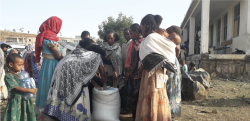
Therefore, our selection criteria for the distribution of nutritious food were the following groups:
1. Pregnant women over 3 months
2. Lactating women with infants less than 6 months
3. Children less than 5 years old with disabilities.
After setting the selection criteria we make sure that we can address all the selected beneficiaries so that we could prevent the compliances over omission and non-selection.
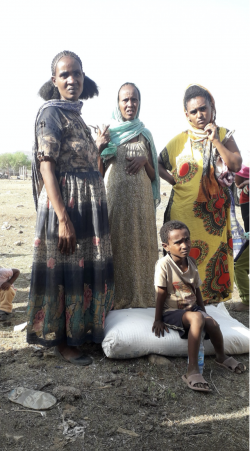
Then we distributed 10,000 kg of Fafa (nutritional food) to 2000 most vulnerable host communities and IDPs. The humanitarian assistance was provided to pregnant, lactating mothers, and for children less than 5 years old with disabilities. The support is based on the fundamental principle of recreating the right relationship between host and refugee communities as well as IDP and to maintain the relationship that JRS had built with the host communities and administrations. Accordingly, the local communities have been received 30% of the aid and the rest 70% was distributed to IDPs according to their severe vulnerabilities. More importantly the FAFA (nutritional) food was provided based on the consultation from health and nutrition experts in the area in order to fulfil nutritional gaps of mothers and children.
We are able to address 2000 most vulnerable host communities and IDPs with this first phase of humanitarian assistance.
5 kg of FAFA(nutritional) food is provided for one individual. The category of individuals based on their vulnerability and location is indicated below in a table:
